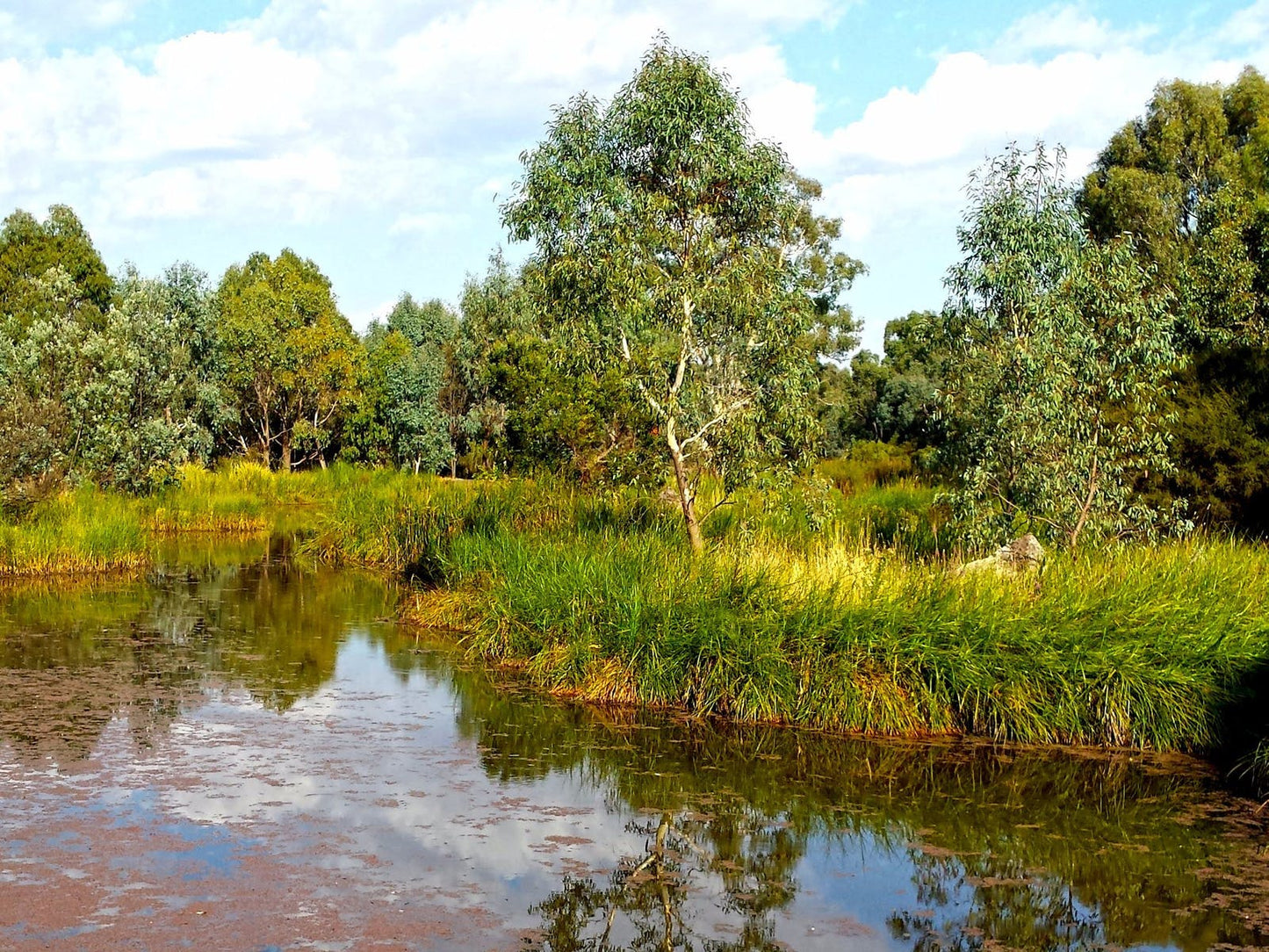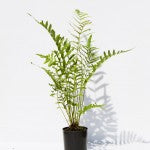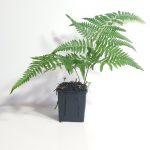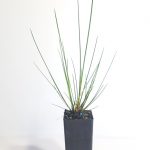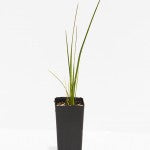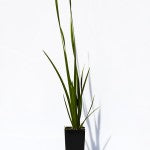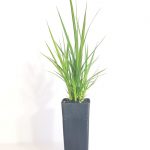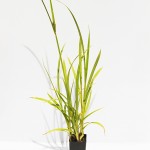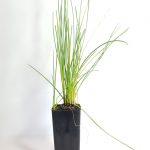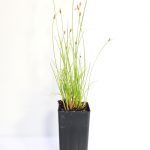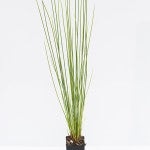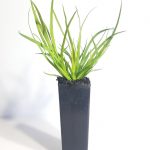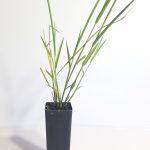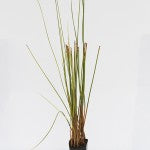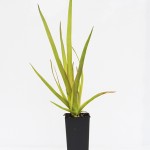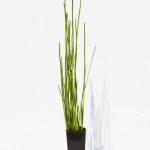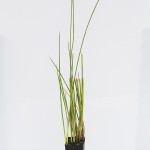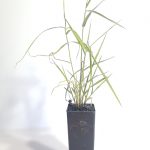AK Reptiles and Custom Background Designs
Wetlands
Wetlands
Couldn't load pickup availability
Wetlands are areas of permanent or periodic/intermittent inundation, with water that is static or flowing fresh, brackish or salt, including areas of marine water, the depth of which at low tide does not exceed 6 metres. To be classified as a wetland, the area must have one or more of the following attributes:
- At least periodically, the land supports plants or animals that are adapted to and dependent on living in wet conditions for at least part of their life cycle, or
- The substratum is predominantly undrained soils that are saturated, flooded or ponded long enough to develop anaerobic conditions in the upper layers, or
- The substratum is not soil and is saturated with water, or covered by water at some time.
Wetlands are inherently dynamic systems that influence and are influenced by a complex range of environmental variables and undergo cycles of wetting and drying over temporal and spatial scales. Like most natural systems, no two wetlands are the same and as a result, distinguishing wetlands into meaningful, discrete types can be challenging.
Following are the different classifications of wetlands:-
- Marine (coastal wetlands including rocky shore) – plants commonly found are:- Crinum pedunculatum, Isolepis inundata, Juncus kraussii, Myoporum acuminatum
- Estuarine (including deltas, tidal marshes and mangrove swamps) – Avicennia marina, Sesuvium portulacastrum, Sporobolus virginicus,
- Riverine (wetlands along rivers and streams), Baumea rubiginosa, Carex appressa, Leperionia articulate, Schoenoplectus validus,
- Lacustrine (lakes and dams)
- Palustrine (marshes, swamps and bogs) wetlands.
Some of the above plants species can be found in one or more in the above areas of wetlands.
Share
In stock

